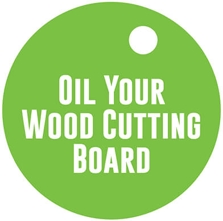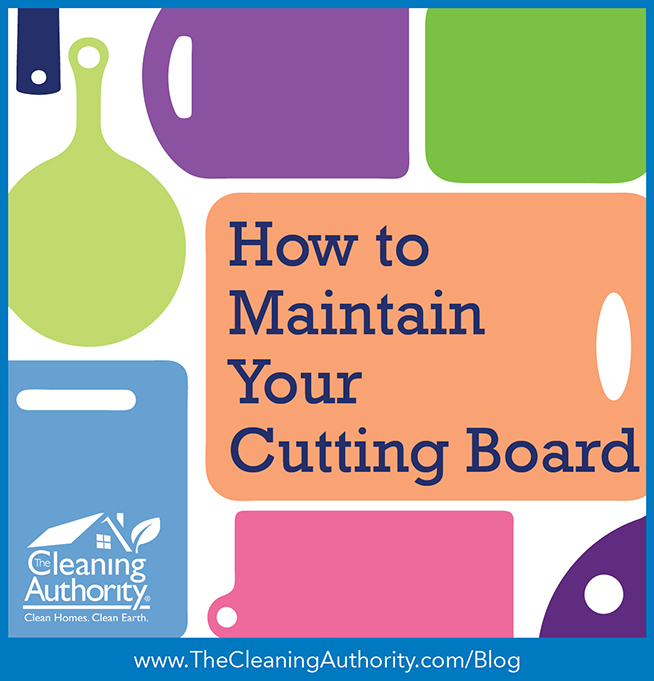Our Cutting Board Cleaning Tips, from Salting to Stain Removal
Cutting boards are a staple in every kitchen. Whether you’re cutting meat, veggies, or creating a cheese board, it’s important to keep them in good shape. Plastic cutting boards can last for years and wood ones can last for decades when properly maintained and cared for. Check out these cleaning tips to keep your cutting board in tip-top shape!

Cleaning Cutting Boards
Nonporous acrylic, plastic, or glass boards can be washed in a dishwasher. For wooden cutting boards, use 1 tablespoon of unscented, liquid chlorine bleach per gallon of water. Soak for several minutes, rinse, and air dry.
- STEP 1: Use 1 tbsp of liquid chlorine bleach per gallon of water
- STEP 2: Soak for several minutes
- STEP 3: Rinse and air dry

Deodorize Cutting Boards with Salt & Lemon
To deodorize your cutting board, all you need is salt and a lemon! Massage 1/3 cup of coarse salt on your cutting board, and then let it sit for about 10 minutes. Then, massage the salt with 1/2 a lemon, squeezing the lemon to release the juice. Last, simply rinse the board with a clean cloth and hot water. You can also use the salt and lemon method to clean a wood cutting board that can’t go in the dishwasher.
- STEP 1: Sprinkle 1/3 cup of salt on the cutting board.
- STEP 2: Rub salt into cutting board.
- STEP 3: Let sit for 10 minutes.
- STEP 4: Rub lemon into cutting board.
- STEP 5: Rinse with hot water and air dry.

Removing Stains
White, plastic cutting boards can develop stains easily. Place cutting board into the sink and run hot water until it’s about an inch high. Add one cup of bleach, let soak for one hour, and watch those stains disappear!
- STEP 1: Fill tub or sink with water.
- STEP 2: Pour in 1 cup of chlorinated bleach.
- STEP 3: Soak cutting board in the solution for 1 hour.
- STEP 4: Rinse and air dry.

Maintaining Wood Cutting Board
To best maintain a wood cutting board, it’s great to oil it once a month or so. Start by washing your board with salt and lemon. Then, pour a small amount of oil onto your cutting board, and rub until you’ve hit every part of the surface. Don’t forget the back! Be sure to let it dry completely before storing.
- STEP 1: Pour a small amount of mineral oil on your wood cutting board.
- STEP 2: Rub in oil with a paper towel.
- STEP 3: Let dry before storing.

Avoid Cross-Contamination
Assigning one cutting board for raw meats and seafood and one for produce, bread, and cheese will prevent bacteria from raw meat from contaminating a food that requires no further cooking.
While you’re taking care of your cutting boards, why not take care of your whole kitchen and home too? Visit The Cleaning Authority today to get a free online estimatefor our bi-weekly house cleaning services.

